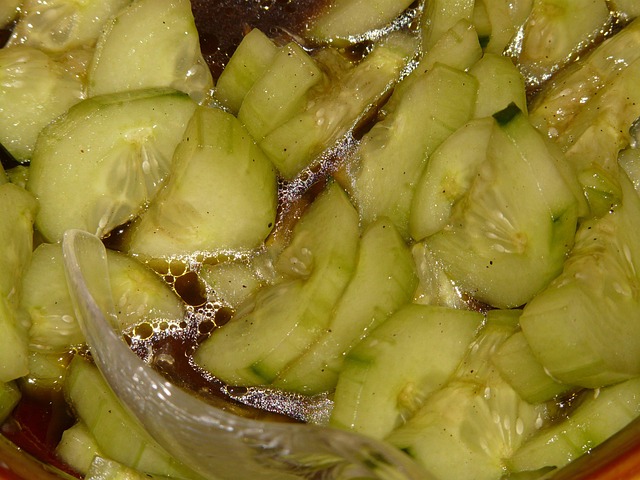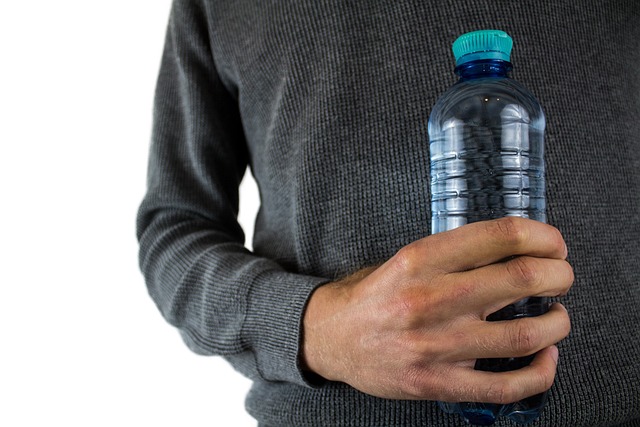Water conservation is crucial, and everyday choices, especially regarding cleaning products, significantly impact our water footprint. Using eco-friendly alternatives to conventional detergents reduces water usage and minimizes environmental harm. Simple behavioral changes like shorter showers, fixing leaks, and adopting water-efficient appliances further contribute to conservation efforts. Community initiatives promoting sustainable practices, such as switching to green cleaning products, play a vital role in preserving local water sources and fostering a culture of sustainability for a cleaner future.
In an era where sustainability is paramount, reducing water consumption is no longer an option but a necessity. This article guides you through a comprehensive approach to minimizing your water footprint. We start by deciphering daily activities and their impact on water usage, followed by exploring the role of cleaning products in conservation efforts. Next, we present practical strategies tailored for homes, and conclude with community-driven innovations reshaping sustainable water management. Embrace these practices to contribute to a greener future.
- Understanding Water Usage: A Closer Look at Daily Activities
- The Role of Cleaning Products in Water Conservation
- Practical Strategies to Reduce Water Footprint at Home
- Community Efforts and Innovations for Sustainable Water Management
Understanding Water Usage: A Closer Look at Daily Activities

Water is a precious resource, and understanding our daily water usage is the first step towards adopting more sustainable practices. Many everyday activities consume significant amounts of water, often unnoticed. For instance, simple tasks like brushing teeth, taking showers, or even running washing machines contribute to our overall water footprint. Additionally, the use of cleaning products plays a role; powerful detergents and cleaners can require substantial water for effective dissolution and rinsing.
By examining these daily activities, individuals can identify areas where they can implement water-saving strategies. For example, switching to water-efficient appliances, taking shorter showers, fixing leaks, and using eco-friendly, water-based cleaning products can collectively make a substantial difference in reducing overall water consumption.
The Role of Cleaning Products in Water Conservation

The choice of cleaning products plays a significant role in water conservation efforts, often overlooked but with immense potential to make a difference. Many conventional cleaning supplies rely on harsh chemicals and high-water content formulations, which can contribute to the strain on our water resources, especially when used frequently. These products not only increase the amount of water needed for dilution but also pose risks to aquatic ecosystems if not disposed of properly.
Switching to eco-friendly, water-efficient cleaning alternatives is a practical step towards sustainability. Many modern cleaning products are designed with environmental consciousness in mind, offering effective cleaning without the excessive water usage and harsh chemicals. By opting for these greener options, individuals can significantly reduce their water footprint, especially in households and small businesses that use them regularly.
Practical Strategies to Reduce Water Footprint at Home

Implementing water-saving practices at home is an effective way to reduce your water footprint and contribute to conservation efforts. One practical strategy is adopting eco-friendly cleaning products. Many conventional cleaning supplies contain harsh chemicals and excessive packaging, which not only waste resources but also harm the environment. Opt for natural, biodegradable alternatives instead. These products are just as efficient while being gentler on both your pipes and the ecosystem.
Additionally, simple behavioral changes can make a significant difference. For instance, shortening your shower time by just a few minutes each day can save hundreds of gallons annually. Fixing any leaks in your home’s plumbing system is another effective measure. Leaks, often unnoticed, can waste vast amounts of water over time. Regularly maintaining and updating your appliances, such as washing machines and dishwashers, to energy-efficient models that incorporate advanced water-saving technologies, is also beneficial.
Community Efforts and Innovations for Sustainable Water Management

Community efforts play a vital role in implementing water-saving practices and fostering sustainable water management. Local initiatives often lead to innovative solutions tailored to specific regions, addressing unique challenges such as arid climates or aging infrastructure. One prominent area of focus is the transition to eco-friendly cleaning products, which significantly reduces water pollution. These alternatives are designed to be biodegradable, ensuring that harmful chemicals don’t end up in local water bodies and contaminate precious resources.
Such community-driven movements often involve education campaigns to raise awareness about the environmental impact of water usage. By encouraging responsible behavior and sharing best practices, neighborhoods can collectively reduce their water footprint. This includes simple yet effective strategies like fixing leaks, installing low-flow fixtures, and adopting water-efficient gardening methods. These collective actions not only preserve local water sources but also inspire a broader cultural shift towards sustainability, ensuring a cleaner and more sustainable future for all.






